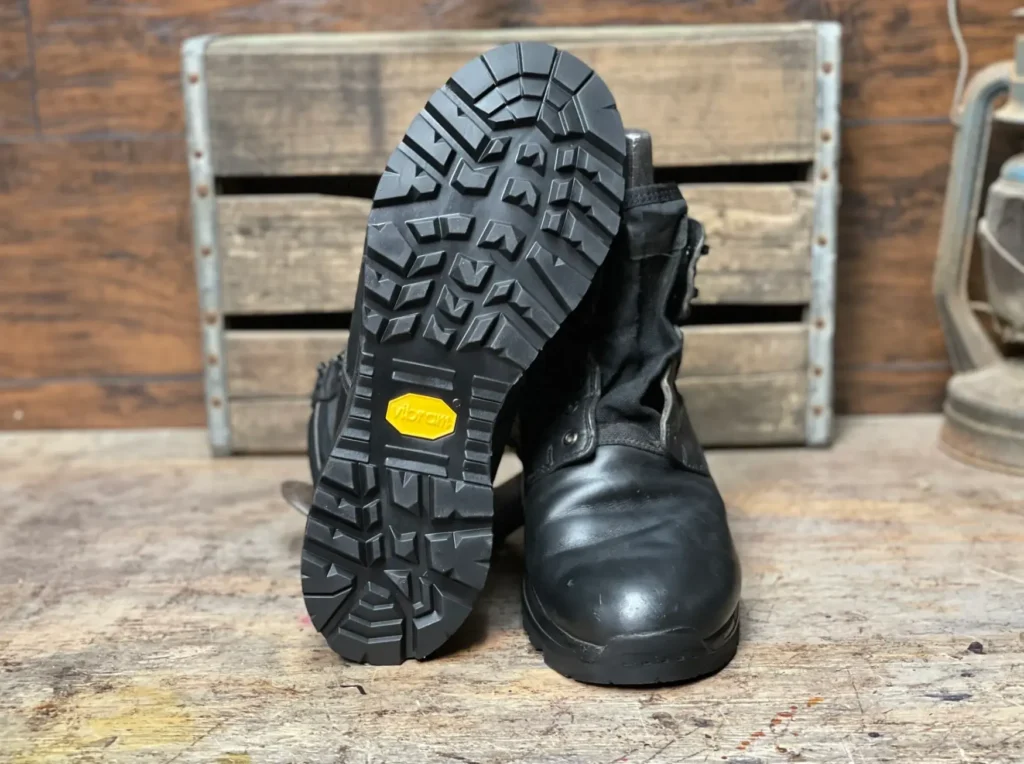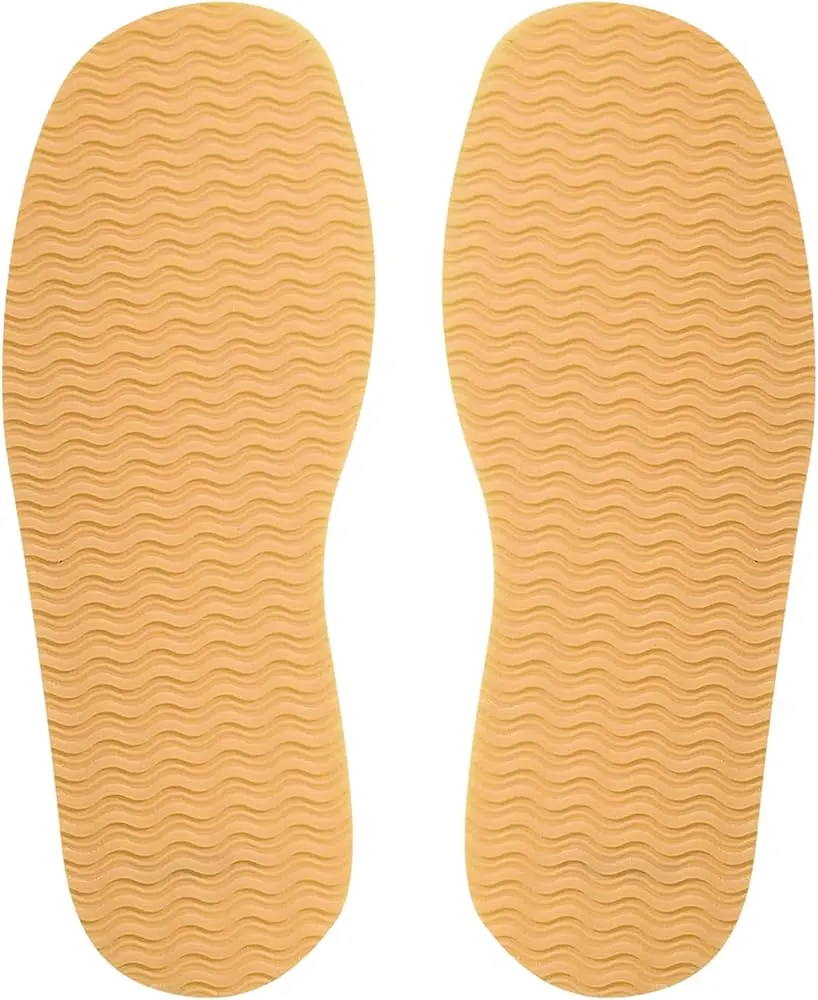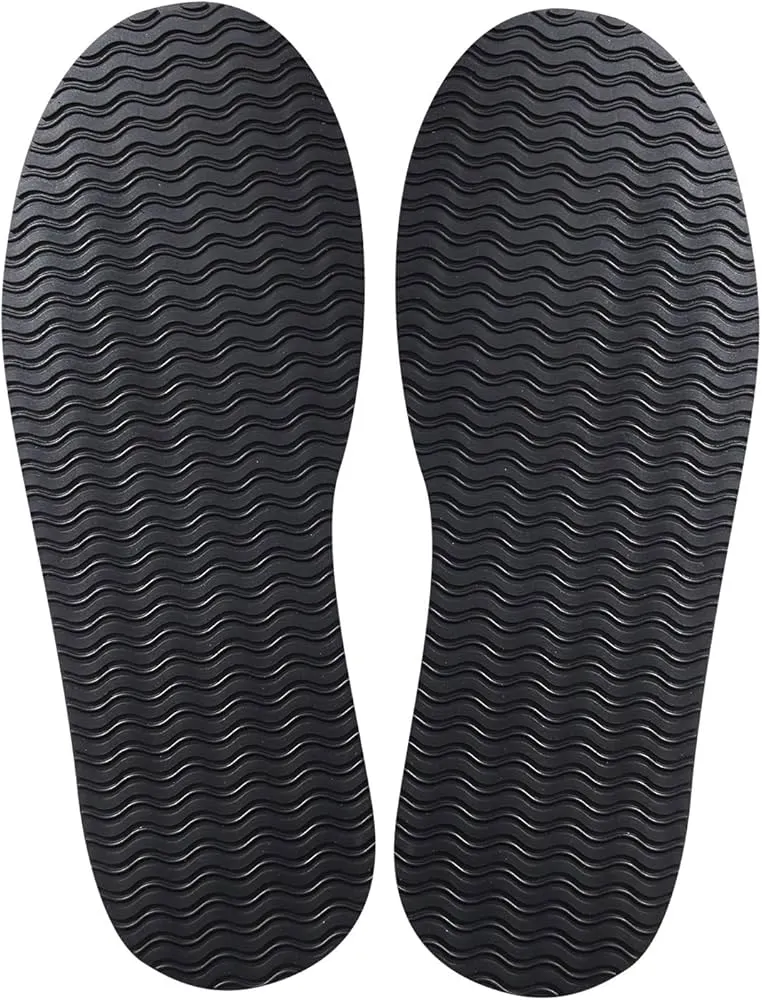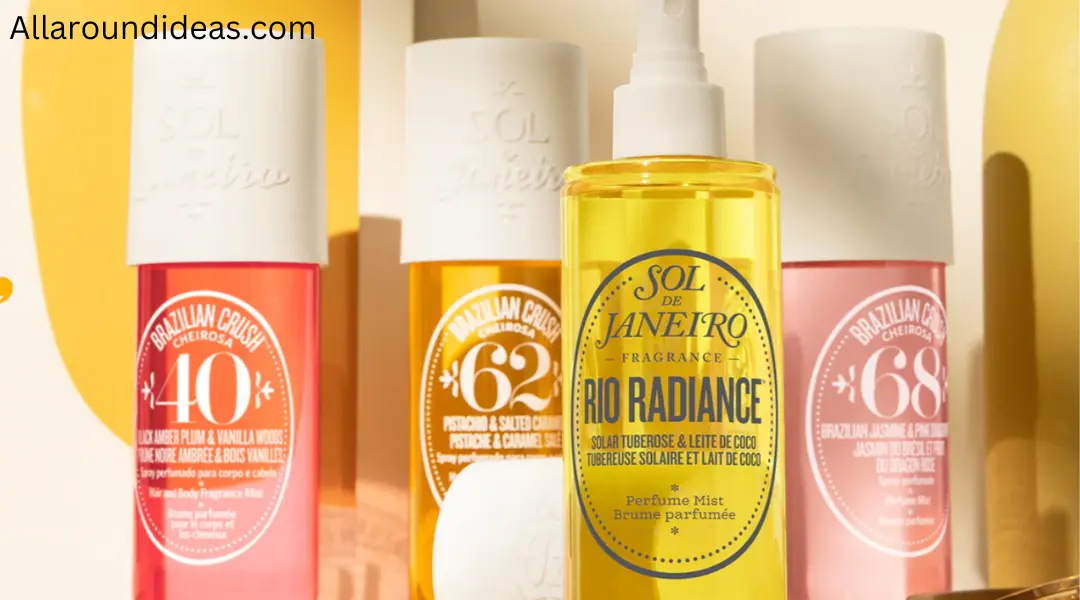Soles, an essential component of footwear, play a critical role in comfort, support, and performance. Whether you’re an athlete, a casual walker, or someone who enjoys stylish shoes, understanding the different types of soles can help you make informed choices. This article will explore the various types of soles, their uses, and the pros and cons associated with each type.
What Are Soles?
The sole is the bottom part of a shoe that comes in direct contact with the ground. It serves several key functions, including providing traction, cushioning, support, and protection for the foot. The design and material of the sole can significantly affect the shoe’s overall performance, durability, and comfort.

If you want information about some Brazilian beauty products and perfumes then check out our blog post about Sol de Janeiro.
Types of Soles
- Rubber
- Description: Rubber soles are made from various types of rubber compounds. They are commonly used in many styles of shoes, from athletic footwear to casual shoes.
- Uses: Known for their durability and slip resistance, rubber soles are ideal for outdoor activities and wet conditions.
- Leather
- Description: Leather soles are made from animal hides, often used in dress shoes and formal footwear. They provide a classic, sophisticated look.
- Uses: Leather soles offer breathability and a natural feel but may not provide the same level of traction as rubber soles.
- EVA (Ethylene Vinyl Acetate)
- Description: EVA soles are lightweight and flexible, commonly found in athletic and casual footwear.
- Uses: Known for their cushioning properties, EVA soles are popular for running shoes and sneakers, providing shock absorption and comfort.
- PU (Polyurethane)
- Description: PU soles are durable and resistant to abrasion, often used in work boots and industrial footwear.
- Uses: These soles offer excellent cushioning and support, making them ideal for jobs that require prolonged standing or walking.
- TPR (Thermoplastic Rubber)
- Description: TPR soles combine the properties of rubber and plastic, offering a balance of flexibility and durability.
- Uses: Commonly found in casual shoes and sandals, TPR soles provide good traction and comfort.
- Vibram
- Description: Vibram is a brand known for its high-performance rubber outsoles, designed for various activities.
- Uses: Used in hiking boots and performance footwear, Vibram soles offer exceptional grip and durability, making them suitable for rugged terrain.
Pros and Cons of Different Sole Types
1. Rubber
Pros:
- Durability: Rubber soles are resistant to wear and tear, making them long-lasting.
- Traction: Excellent grip on various surfaces, reducing the risk of slipping.
- Water Resistance: Generally provides good protection against moisture.
Cons:
- Weight: Rubber soles can be heavier than other materials, which may affect comfort during prolonged wear.
- Breathability: Rubber does not allow for as much airflow as other materials, potentially leading to sweaty feet.

If you want information about some Brazilian beauty products and perfumes then check out our blog post about Sol de Janeiro.
2. Leather
Pros:
- Aesthetic Appeal: Offers a classic, elegant look suitable for formal occasions.
- Breathability: Naturally porous, allowing for air circulation, which can help regulate temperature.
- Comfort: Molds to the shape of the foot over time, providing a custom fit.
Cons:
- Traction: Can be slippery on wet surfaces, posing a safety risk.
- Water Resistance: Typically not water-resistant unless treated, making them less ideal for wet conditions.
- Maintenance: Requires regular conditioning to keep the leather supple and prevent cracking.
3. EVA Soles
Pros:
- Lightweight: EVA soles are significantly lighter than rubber or leather, reducing fatigue.
- Cushioning: Provides excellent shock absorption, enhancing comfort for active use.
- Flexibility: Allows for natural foot movement, making them ideal for sports and casual wear.
Cons:
- Durability: May wear out more quickly than rubber or leather, especially in high-impact areas.
- Support: Less rigid than other sole types, which may not provide sufficient support for some foot types.
4. PU Soles
Pros:
- Support: Offers good cushioning and arch support, ideal for long hours of wear.
- Durability: Resistant to abrasion and damage, making them suitable for demanding environments.
- Water Resistance: Generally offers better water resistance than leather soles.
Cons:
- Weight: Can be heavier than EVA soles, potentially impacting comfort.
- Heat Retention: May not be as breathable, leading to warmer feet in hot conditions.
5. TPR Soles
Pros:
- Flexibility: Provides a good balance of flexibility and durability, enhancing comfort.
- Traction: Offers decent grip, making them suitable for various casual applications.
- Affordability: Generally more cost-effective compared to leather or specialized rubber soles.
Cons:
- Durability: May not be as long-lasting as rubber or PU soles under heavy use.
- Performance: Not ideal for high-performance athletic activities, where specialized soles are preferred.
6. Vibram Soles
Pros:
- Grip: Superior traction on slippery and uneven surfaces, making them ideal for hiking and outdoor activities.
- Durability: Known for their longevity, even under rugged conditions.
- Versatility: Suitable for various activities, including hiking, climbing, and casual wear.
Cons:
- Weight: Can be heavier than standard rubber soles, which might affect comfort.
- Price: Typically more expensive due to their specialized design and materials.
If you want information about some Brazilian beauty products and perfumes then check out our blog post about Sol de Janeiro.
Choosing the Right Sole for Your Needs
When selecting footwear, it’s essential to consider the activities you’ll be engaging in, your foot type, and your personal preferences. Here are some guidelines to help you choose the right sole:
- For Athletic Activities: Look for shoes with EVA or rubber soles for maximum cushioning and traction. Brands that focus on performance, like running shoes, often utilize advanced technologies in their sole designs.
- For Formal Occasions: Leather soles provide a sophisticated look and are best suited for dress shoes. Ensure that the leather is of high quality to maintain comfort and appearance over time.
- For Work Environments: PU or rubber soles are ideal for work boots, providing necessary support and durability. If you work in a wet environment, consider shoes with water-resistant soles.
- For Casual Wear: TPR and EVA soles are great options for casual shoes, offering comfort and versatility for everyday use.
- For Outdoor Activities: If you enjoy hiking or other outdoor adventures, choose shoes with Vibram soles or specialized rubber soles designed for rugged terrain.

Maintenance Tips for Shoe Soles
To prolong the life of your shoes and their soles, consider the following maintenance tips:
- Regular Cleaning: Clean your shoes regularly to remove dirt and debris. For rubber soles, a damp cloth can work wonders. For leather, use a soft brush or cloth.
- Proper Storage: Store shoes in a cool, dry place to prevent moisture buildup and damage. Using shoe trees can help maintain their shape.
- Conditioning: For leather soles, use a quality leather conditioner to keep the material supple and prevent cracking.
- Use Protectants: Consider using protective sprays or treatments, especially for leather and suede, to enhance water resistance and stain protection.
- Check for Wear: Regularly inspect your shoes for signs of wear and tear, particularly on the soles. If you notice significant damage, consider resole options or replacement.
Conclusion
Soles are a vital aspect of footwear that significantly impact comfort, performance, and style. Understanding the different types of soles and their respective pros and cons can help you make informed decisions when purchasing shoes. Whether you prioritize durability, traction, or aesthetic appeal, there is a sole type suited to your needs.
By considering your lifestyle, activities, and foot type, you can select the perfect footwear that not only enhances your performance but also supports your overall foot health. With the right pair of shoes, you can walk confidently, comfortably, and stylishly, wherever life takes you.
If you want information about some Brazilian beauty products and perfumes then check out our blog post about Sol de Janeiro.



Nicely explained